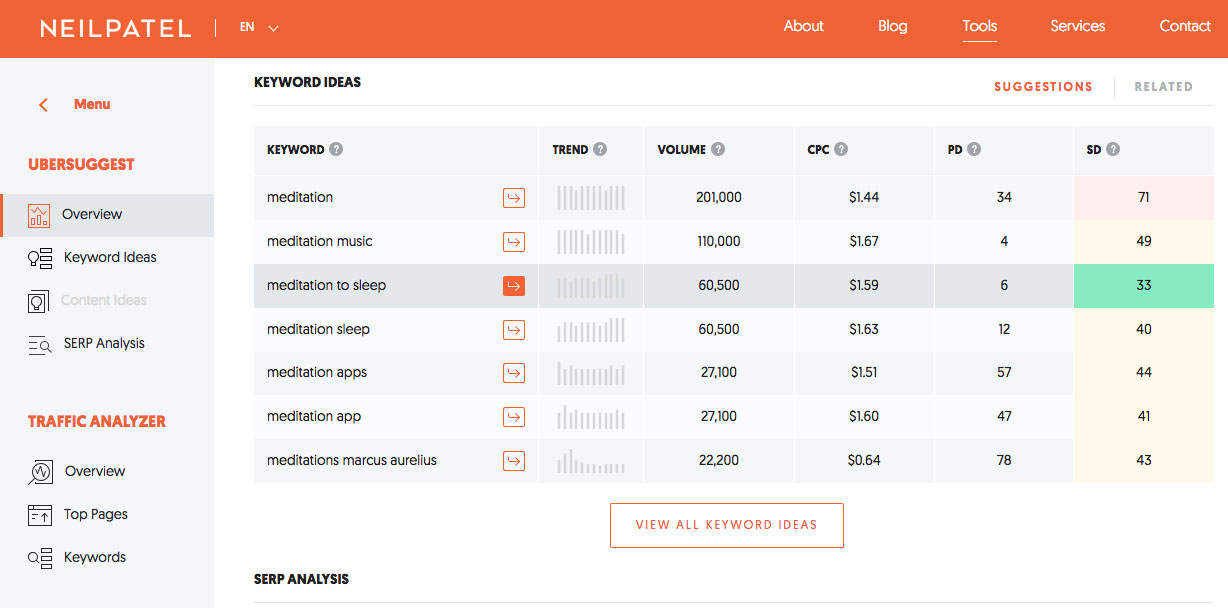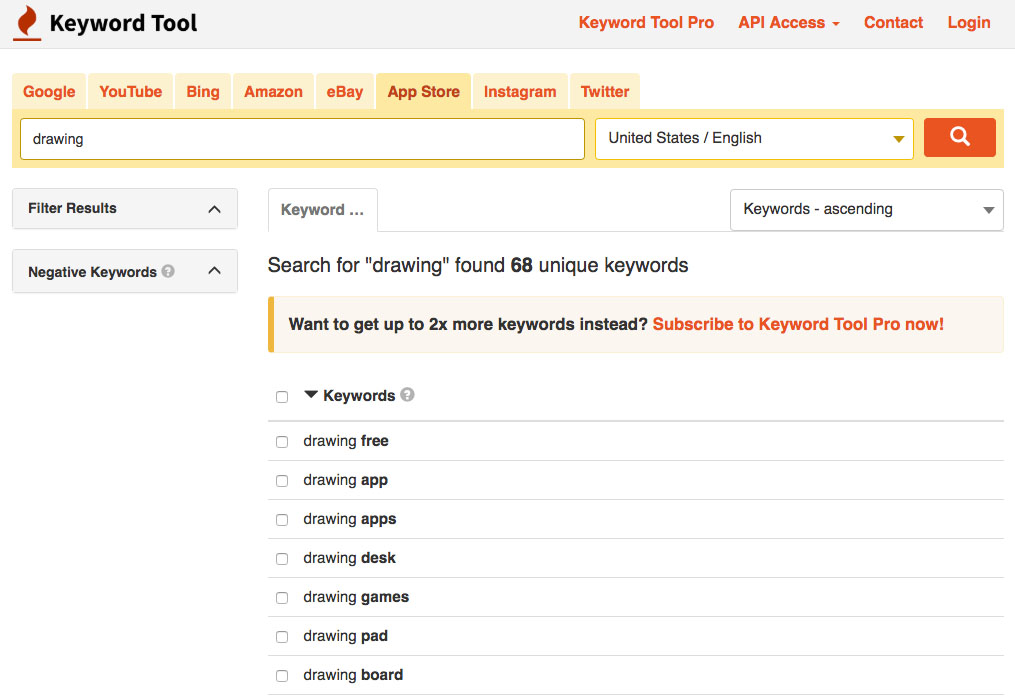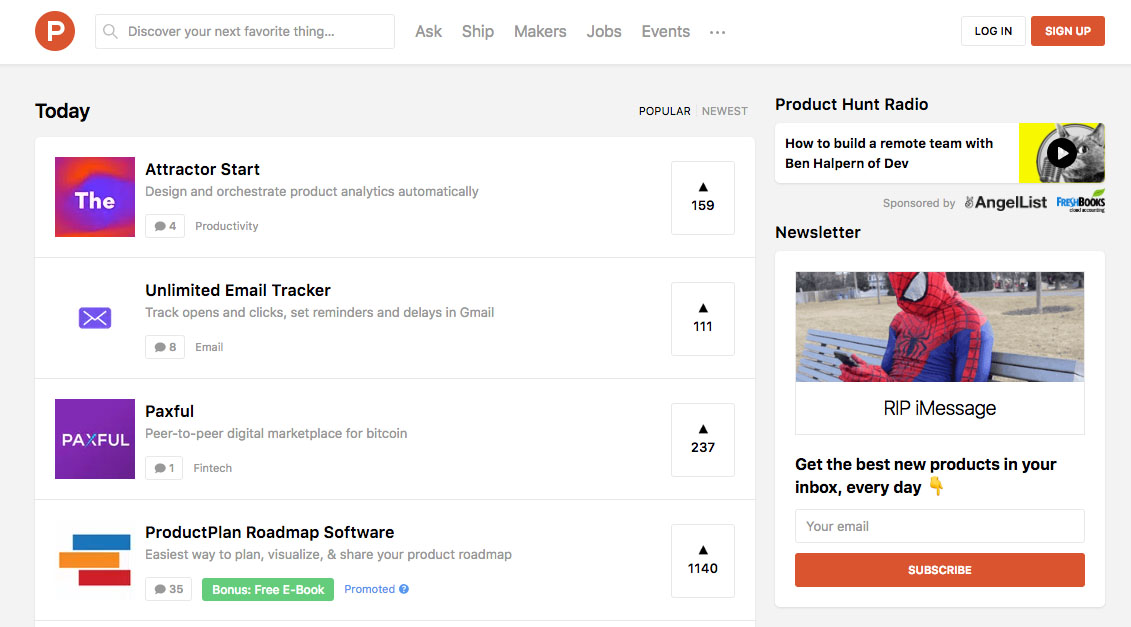
It would be quite risky to start developing a new product based solely on your own ideas about what the market and potential audience need. As a consequence, you can lose time and money, and even suffer reputational damage.
It would be better to validate your mobile app idea and make sure it is really viable. Adhering to that simple rule, you will be able to get a rough vision of the future app’s prospects and growth potential, and indeed, understand whether it is worth developing at all.
The main argument in favor of validating your app is that you will eventually be able to understand your target audience’s needs more accurately, saving time and money. There are several main ways of doing this.
Interview Potential Users
The first way is to conduct interviews with your target audience representatives. In short, you have to verify whether your target audience has needs which your app will satisfy, how people satisfy it now, what, in their opinion, is convenient or inconvenient about it, and so on.
As for your idea, you have to determine whether users will have a desire to satisfy their needs using your future product and method, and whether they will be ready to pay for it – and if so, how much.
Ideally, after the interview, it would be best to offer a preliminary sale contract in some suitable form ready in the event that the product is released. In other words, the target user has to clearly confirm they are ready to spend their money on it.
In addition, you can create topics on niche forums or query people in focus groups on social networks. You can probably come up with many other ways of your own to do this.
Estimate the Potential Demand
If you know nothing about SEO and online marketing, it can be challenging for you to use tools to estimate search demand. However, some of these tools are rather user-friendly even for beginners.
Ubersuggest, being a completely free tool since last year, is a convenient method of estimating search query statistical data. It allows you to specify a particular region that interests you, find out the competition level, and learn a lot of other useful data.
KeywordTool.io allows you to find similar statistics directly on the App Store. However, its free version is limited in capabilities. Consequently, complete data is accessible only to paid users (currently starting from $48 per month).
GoogleTrends is another outstanding tool. This service does not provide statistical data in absolute numbers, but it does allow you to easily understand whether a particular direction is currently in demand. It also provides an opportunity to compare two topics, taking into account their popularity dynamics during a particular period of time:
Study the App Store (Competitive Analysis)
This is one of the most simple and obvious tips which app developers often ignore for some reason. Search for some apps in the categories relevant to your future product, and enter keywords that you think potential users could utilize. Then research the recommended apps section.
If you are interested in a specific platform, such as iOS, it does not mean that you have to ignore the Android platform. Spend some time to research Google Play as well; perhaps you will find something useful there, too, or even some new app ideas.
Analyze your potential competitors’ products for consistency. Pay close attention to ratings and feedback, as these will help you understand what people like. Lastly, check all pros and cons that users mention in their comments; this will help you avoid mistakes.
Landing Page and Traffic
The method is quite simple, but it requires substantial injections of funds. The working algorithm looks like this:
- Create a Landing Page, announcing and describing your app, and add several screenshots of what it might look like (you can order them from your designer.)
- Add a form where users can leave their e-mails to receive notifications about your future product release date.
- Launch an advertising campaign in Google AdWords and/or Facebook Ads.
- After the campaign is complete, analyze what percentage of users have left a purchase request. At the same time, you do not have to develop the product right now – you will work with these leads later when your product is out in the market.
Next, estimate your expenses and forecast revenues, including advertising costs.
Post on Product Hunt
This is a platform for startups where users can vote for their favorite projects, raising them to the top of the list. In recent years, this service has become one of the main information sources for new technology products and is a perfect platform to assess the popularity of any startup idea.
Even if you have not yet started your product development, it will be useful to get feedback from the community. To do this, you have to post a page about your future app, and you can make approximate conclusions about the potential popularity of your future product based on “likes” received.
To make a post on Product Hunt, it is necessary to prepare a product description, its desktop icon, good visual content (video if possible), and a few comments from developers. In addition, the product owners must have personal accounts on the platform as they may need to respond to comments and questions during discussions.
MVP Creation
The term MVP stands for “Minimum Viable Product”. The essence of this approach is in launching a product which is limited to the set of the most necessary functions. Then, tracking the audience’s response to it, developers collect feedback from the first product users.
Here is an option for a commercial app: develop the most basic product version with the minimum cost (skipping prettiness and many features, spending the minimum time), and try to sell it. If user involvement costs are lower than the profit margin, complete the product, conducting A/B testing and/or in-depth interviews with users at the same time.
This way, you can quickly check your idea in field conditions and establish what to do next and how to go about it.
Closing Thoughts
Any experienced entrepreneur or expert will confirm that the best way to create a successful product is to reduce risks at the start, prior to investing significant assets in its development. It is not as difficult as it may seem if you prepare in advance and determine what steps you have to take.
Nowadays, the main question is not how to do something but whether it should be done at all. You may use this article as a practical guide to help you check your app idea before you spend time, effort, and money on its development.





